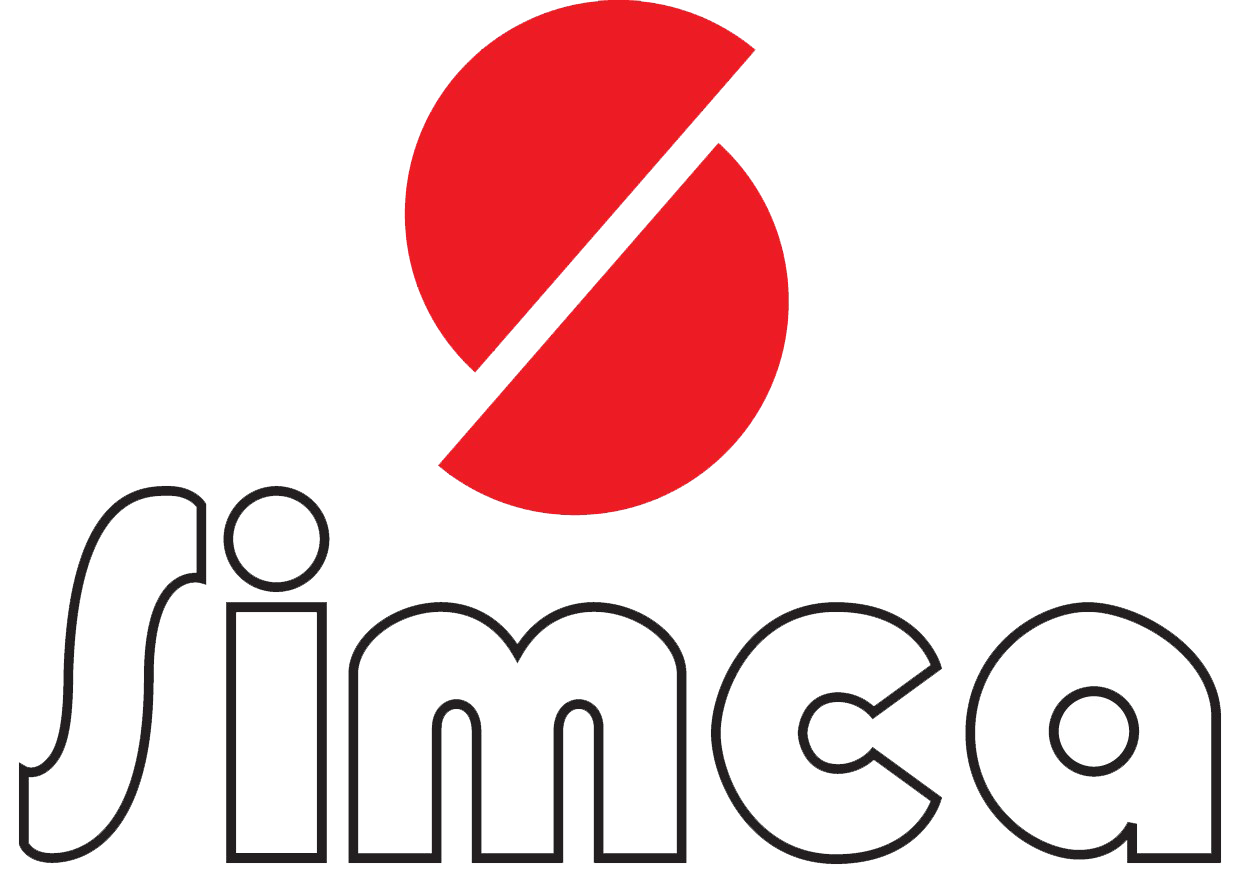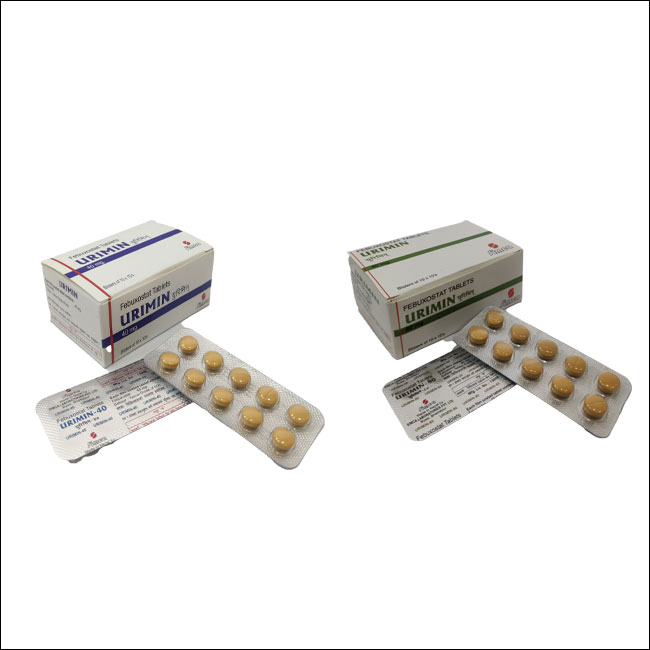Urimin
Generic composition: Febuxostat
General Introduction:
Urimin is Febuxostat, a selective xanthine oxidase inhibitor. Hyperuricemia is a condition where there is elevated level of uric acid in blood and occurs when the body produces more uric acid than it can eliminate. The uric acid forms crystals in joints (gouty arthritis) and tissues, causing inflammation and pain. Elevated blood uric acid levels also can cause kidney disease and kidney stones.
Therapeutic category
- Anti-gout
Dosage forms available
- URIMIN 40mg Tablets
- URIMIN 80mg Tablets
Mechanism of action
Febuxostat is a non-purine selective inhibitor of xanthine oxidase. It works by non-competitively blocking the molybdenum-pterin center which is the active site on xanthine oxidase. Xanthine oxidase is needed to successively oxidize both hypoxanthine and xanthine to uric acid. Febuxostat prevents the production of uric acid by blocking the activity of the enzyme (xanthine oxidase) that converts purines to uric acid.
Pharmacokinetics
Absorption: about 49%, 99.2% protein bound,
Distribution: apparent volume of distribution (Vss/F) of febuxostat was approximately 50L
Metabolism: metabolized by both conjugations via uridine diphosphate glucuronosyltransferase (UGT) enzymes including UGT1A1, UGT1A3, UGT1A9, and UGT2B7 and oxidation via cytochrome P450 (CYP) enzymes including CYP1A2, 2C8 and 2C9 and non-P450 enzymes.
Elimination: eliminated primarily through both hepatic and renal pathways.
Half-life: about 5-8 hours.
Uses
- Chronicgout
- Hyperuricemia
Dosage
- 40 mg daily without regard of food; increased to 80mg per day if the target serum level of <6mg/dL is not achieved after 2 weeks, maximum dose upto 120mg.
- No dose adjustment in elderly and mild-to-moderate hepatic and renal impairment.
Side effects
Common s/e include: Nausea, Rash, Joint pain, Gout flares, Liver problems
Less common include: stroke, heart attack, anemia, hepatitis, hypersensitivity, weight loss
Contraindications
- Hypersensitivity to febuxostat or any other excipient
- Co-administration of theophylline, azathioprine, didanosine and mercaptopurine
Precautions
- High blood uric acid levels caused by a condition other than gout (eg, Lesch-Nyhan syndrome, cancer or treatment of cancer, organ transplant)
- Caution in use for children under 18 yrs; safety and efficacy not established in children
- Pregnancy and lactation
Advantages
- More effective than allopurinol in treating hyperuricemia as it is selective of xanthine oxidase thus does not interfere with other purine metabolism
- Faster inhibition of uric acid synthesis than allopurinol


